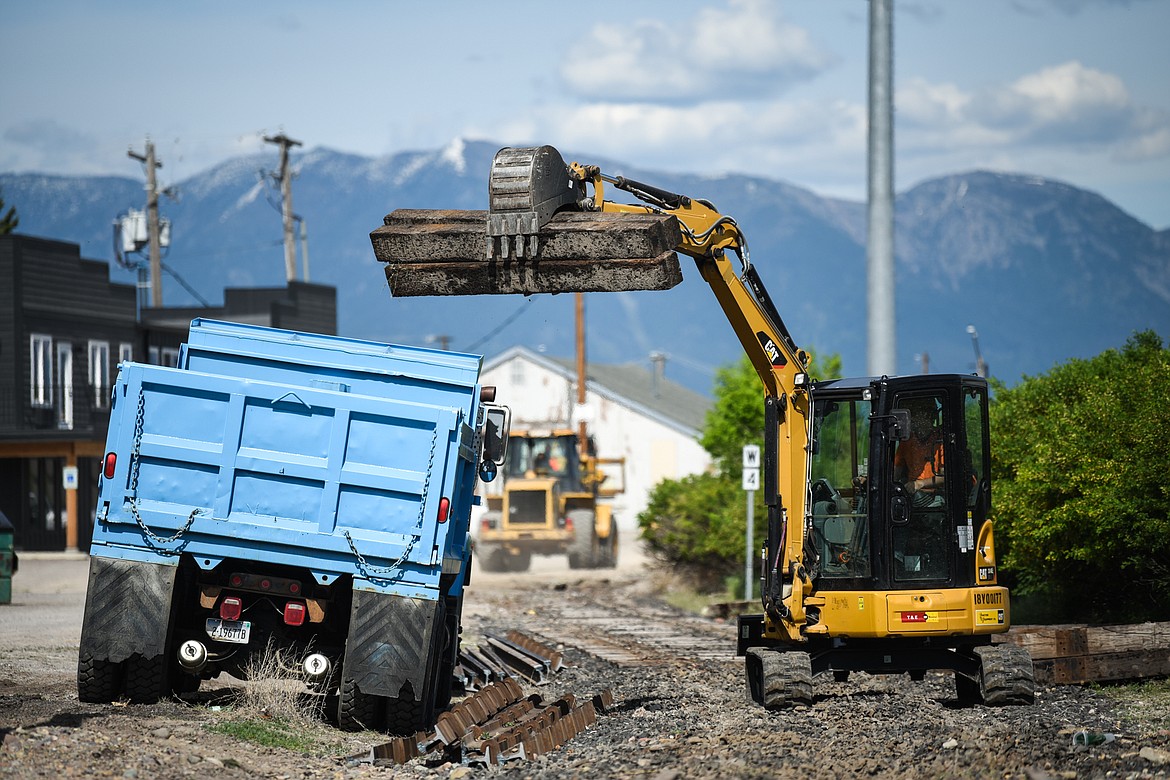Connecting the core: New Parkline Trail center of effort to create vibrant downtown
Historically the railroad tracks through Kalispell were the center of the local economy, but as the city has evolved over the past century those tracks became an impediment to growth. City leaders 10 years ago embarked on a plan to transform the urban rail corridor into a multi-use pedestrian path envisioning a new future for the downtown core. ...
Support Local News
You have read all of your free articles this month. Select a plan below to start your subscription today.
Already a subscriber? Login
Daily Inter Lake - everything
Print delivery, e-edition and unlimited website access
- $26.24 per month
Daily Inter Lake - unlimited website access
- $9.95 per month




